What Does a bF Error On a Honeywell Alarm Keypad Mean?
A bF error on a Honeywell Alarm Keypad means that the there is a problem with the alarm monitoring communicator for your panel. Either the communicator has been removed or it is not communicating properly. The bF error stands for "backup failure". It is sometimes mistakenly read as "6F".

A bF error will only be displayed on a Fixed English Keypad like a Honeywell 6150 or a Honeywell 5828. An Alphanumeric Keypad like a Honeywell 6160 will display "Check 103, Long Rng Trbl", which is short for "Long Range Trouble". Whether you see a bF error or a Check 103 error, you can address the problem in the same manner.
One of the most common reasons for a bF trouble signal is that the alarm communicator was not able to successfully transmit an alarm signal. If you have an internet alarm communicator, that could mean your internet connection is down. Perhaps there was a power outage, and your modem and router lost power.
Another cause is that your internet service provider (ISP) may have had an interruption in service. This is fairly common for IP networks, as they will sometimes go down temporarily for seemingly no reason at all. This is a big reason why upgrading to cellular and having a backup communication path is so important.
For cellular, it's also possible that there may be a service outage in your area. Check to see if cellular service is temporarily down, and see if the trouble condition can be cleared when service is restored. Although cellular service outages are very rare, they do occasionally occur due to severe weather and various network problems.
A weak cellular signal may also result in one of these errors. The cellular communicator may have lost connection with the cellular network in your area. You can check with your AlarmNet dealer to see if your cellular communicator had a drop in cellular signal strength. These communication failure situations can resolve themselves. If the connection is restored, the AlarmNet alarm communicator should be able to automatically restore communications.
Another factor to consider with cellular is that it's possible that the cellular network may have been shut down entirely. This is often the case if you are using an older 2G or 3G communicator. Anyone using an older communicator should upgrade to a newer LTE communicator immediately. Cellular service providers have promised to support their LTE networks well into the very distant future, so this is a great long-term investment for your panel. For reference, most 2G networks are already shutdown, while most 3G networks will be put out of service by the end of 2022.
You may also notice a bF or Check 103 error due to something extremely minor like a tamper cover or due to your communicator not being registered. These errors may also be caused by loss of communication between the panel and the module. Another culprit could be the the failure to receive acknowledgement of a signal transmitted within a certain amount of time. Some of these errors are the result of power and/or battery issues.
Most AlarmNet devices have a built-in tamper. You will be alerted if someone removes the cover of your communicator. When first activating your AlarmNet communicator, you have to remove the cover. As a result, many people end up getting the bF trouble signal once the device is active. If you simply put the cover back in place and then go through a disarm sequence on your keypad (Master Code + 1), the bF signal should clear.
Finally, many users get this error on a Honeywell VISTA System because they have a communication path enabled when they are not actually using it. This could be a cellular path or an IP path. For these users, the associated communication path should be disabled entirely. This will clear any FC (Failed to Communicate) or bF errors. For more information on how to disable a communication path, please review this FAQ.
Please note that the bF trouble signal will remain on your keypad until the condition has cleared, and you acknowledge the trouble by entering your Master Code, followed by the 'OFF' key, twice. The OFF key is also known as the [1] key. The complete command is the following:
[Master Code] + [1] + [Master Code] + [1]
That command is what is known as a double disarm. Your Honeywell Security System requires this double disarm because it wants to make sure that you are aware of the issue, even if it has already restored. That is why the bF signal will remain on the keypad display until acknowledged, even if the trouble condition is no longer present.
Also note that an Alphanumeric Keypad will display a 4-digit trouble code that will tell you exactly what the problem is. These codes are outlined in the table below:
|
Status Code |
Description |
|
0000 |
Control Panel lost communication with AlarmNet Device. |
|
0880 |
AlarmNet Device Cover Tamper Detected (Cover Removed). |
|
0005 |
Communicator has lost contact with the AlarmNet Cellular Network. |
|
4005 |
Communicator has lost contact with AlarmNet. |
|
000F |
Communicator is not registered; account not activated. |
|
0019 |
Communicator Shut Down. |
|
0400 |
Communicator Power-on Reset AND the panel lost communicator with AlarmNet Device. |
|
0C80 |
Communicator Power-on Reset AND Tamper Detected. |
|
0C8F |
Communicator Power-on Reset AND Tamper Detected AND Device Not Registered. |
|
08E0 |
Communicator Tamper Detected AND Communicator Low Battery. |
|
3000 |
Primary Power Loss (will only be displayed in conjunction with another event). |
|
8000 |
Battery Charger Fail (will only be displayed in conjunction with another event). |
|
0060 |
Low Battery (will only be displayed in conjunction with another event). |
Additionally, the following videos may be able to help you address a bF or Check 103 error.
Did you find this answer useful?
We offer alarm monitoring as low as $10 / month
Click Here to Learn MoreRelated Products
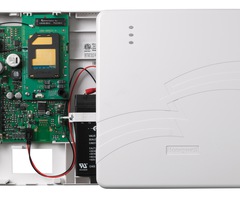
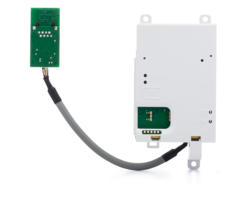
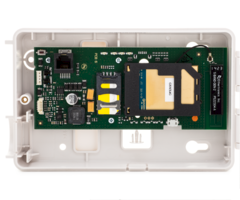
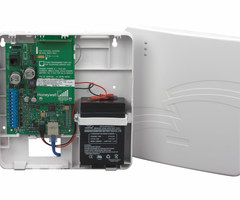
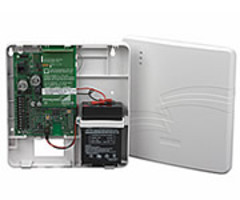


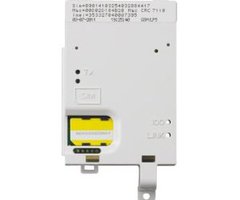
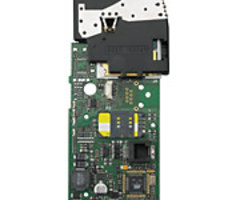
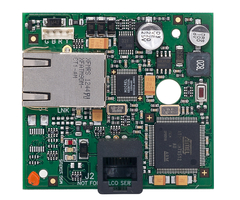

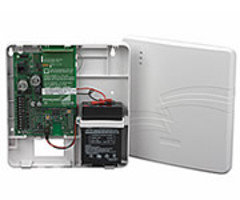
Related Categories
- Answered
